100 Years of LSU Geology and Geophysics: A Brief History
Compiled by Professors Jeff Hanor and Darrell Henry
March, 2023
Over 100 years ago, teaching of LSU geology began on January 2, 1860. LSU was then known as the Louisiana State Seminary of Learning and Military Academy, and was located in Pineville, LA. The first superintendent of the school, William Tecumseh Sherman, joined five faculty members to teach the first students engineering, chemistry, Latin, Greek, English, mathematics and geology. These first six LSU faculty members are recognized on the plaque outside of the LSU Memorial Tower (Figure 1). Among the first six faculty Francis W. Smith, educated in mineralogy in Paris, became professor of chemistry, geology, and mineralogy at LSU.
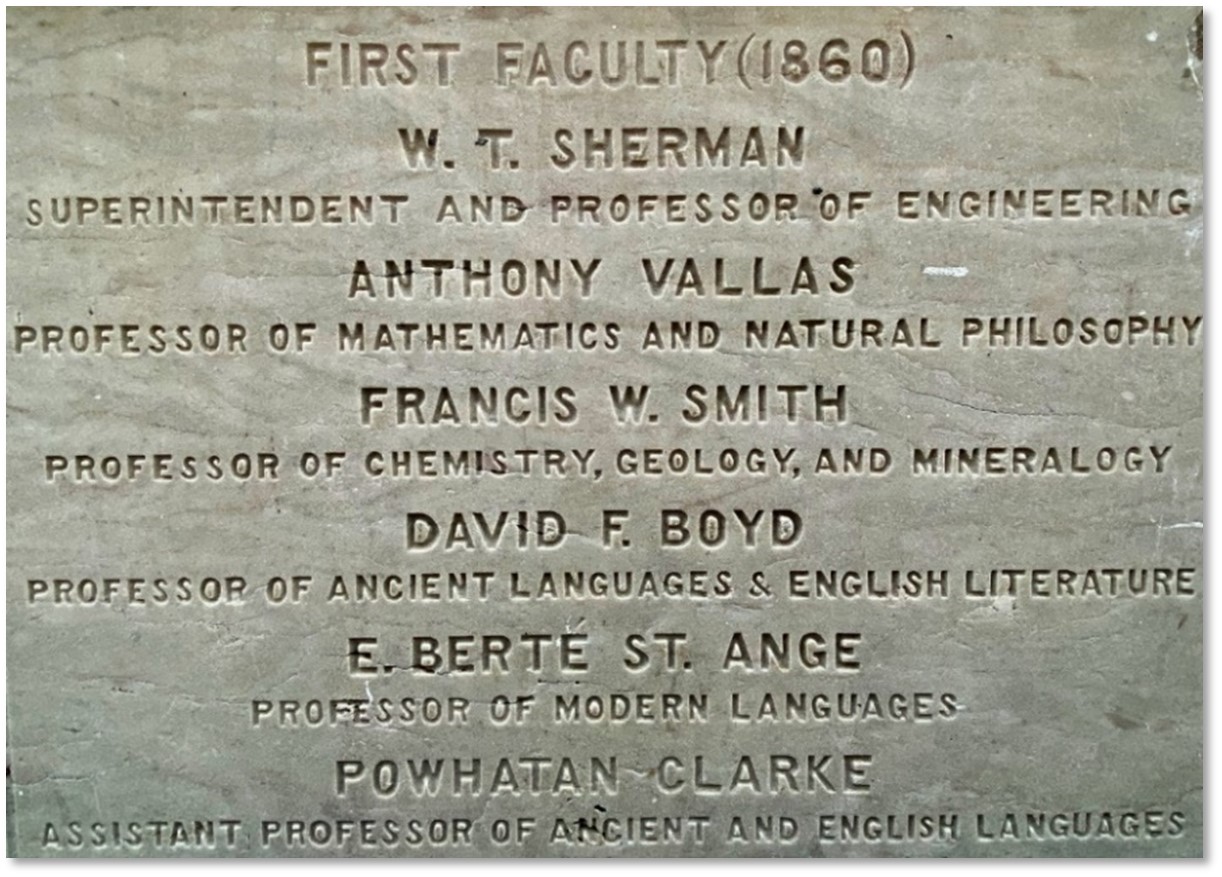
Figure 1. Plaque in front of the LSU Memorial Tower. Photo credit: Darrell Henry
During the Civil War, all teaching was suspended. Following the war, on October 2, 1865, classes resumed under the direction of a new president, David F. Boyd. President Boyd was very interested in geology and maintained his own mineral and fossil collection. On October 15, 1869, the Louisiana State Seminary of Learning in Pineville was destroyed by fire; fortunately, the library and geological collections were saved and later moved to Baton Rouge. Classes resumed on November 1, 1869, at the School for the Deaf in Baton Rouge and remained there for 18 years. The Louisiana State Seminary was renamed Louisiana State University in 1870. In 1876, LSU and Louisiana A&M College were merged and the name was changed in 1877 to Louisiana State University and Agricultural and Mechanical College - the formal name used today. LSU moved to the military barracks, the Pentagon Barracks, in 1886 and stabilized the structure and programs at LSU. Another landmark event took place in 1893 - LSU played its first football game against Tulane, thus ushering in the new era of a modern, big-time public university. According to urban legend, purple and gold were selected as the school colors at that time because they are found in two of the traditional Mardi Gras colors (purple, green and gold), but when students tried to find all of the colors the Mardi Gras green was sold out. LSU moved to its present location in 1926 with buildings designed in a northern Italian renaissance style architecture with archways, pantile roofs and stucco walls (Figure 2). The Geology building was among the first few LSU to be completed by 1930 (Figures 3, 4) and was expanded again in 1939 (Figures 5, 6).
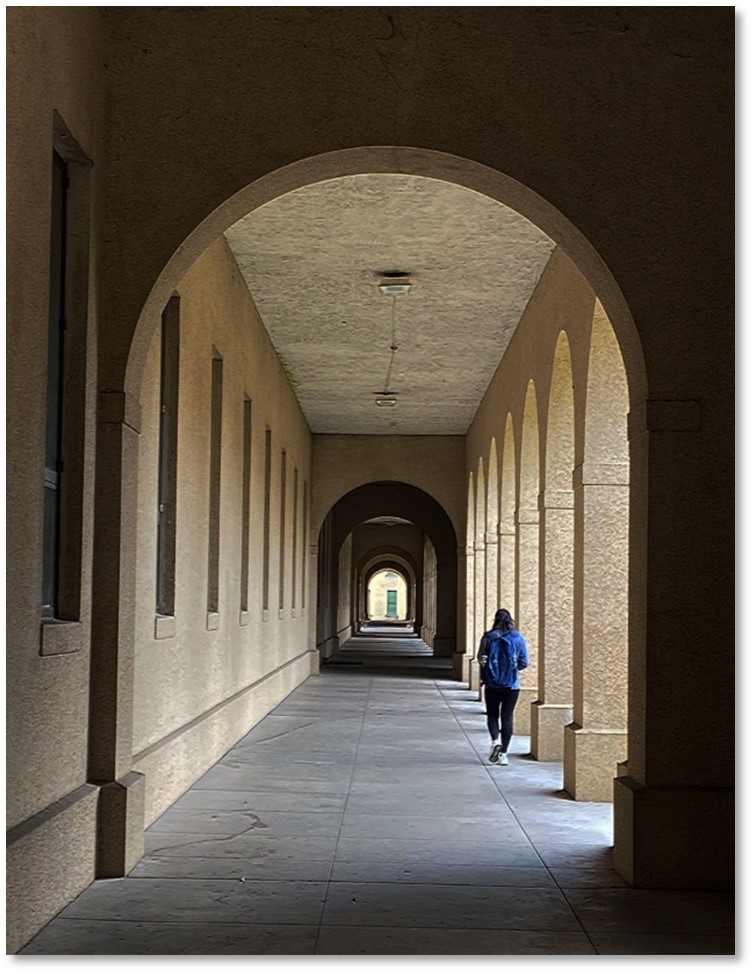
Figure 2. The arches in the Quad looking toward Howe-Russell-Kniffen building. Photo credit: Darrell Henry
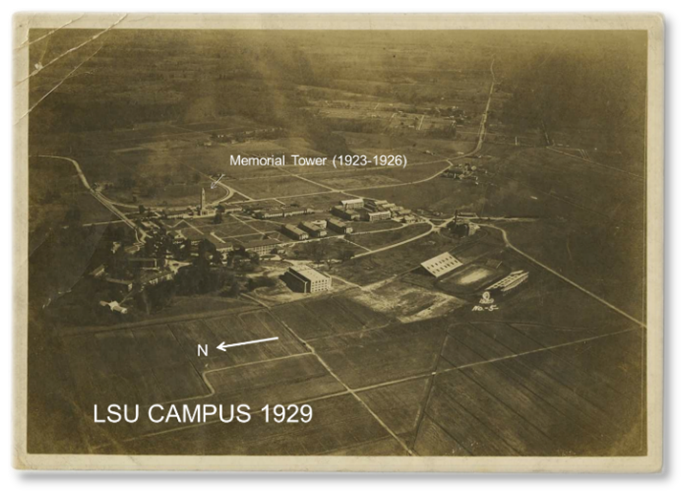
Figure 3. Aerial photo of LSU campus in 1929.
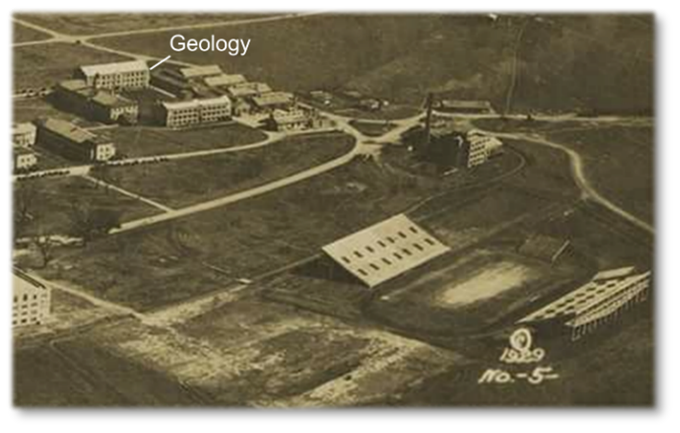
Figure 4. Aerial photo of Geology building in 1929.
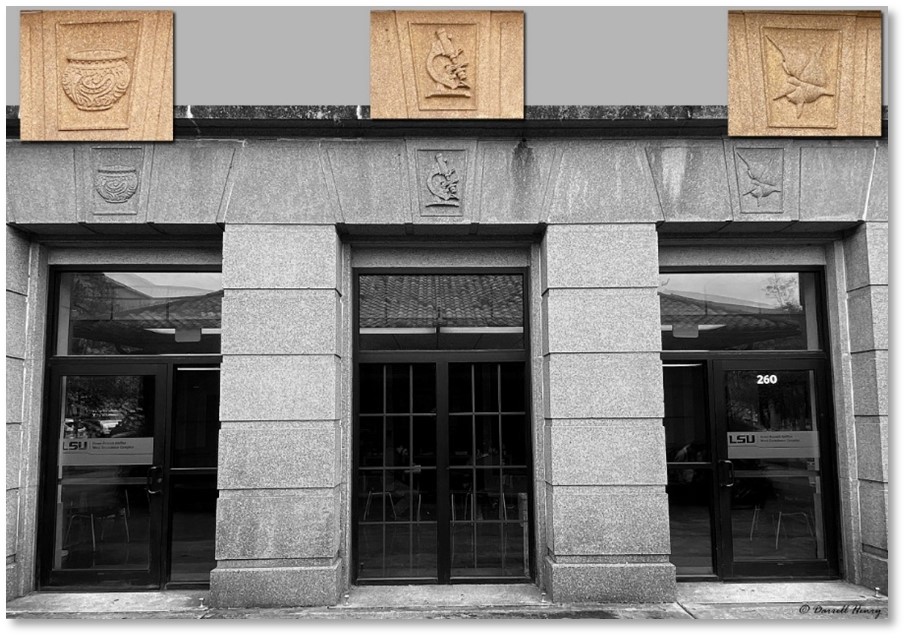
Figure 5. Front doors in the West building of the Howe-Russell-Kniffen complex. Image credits: Darrell Henry
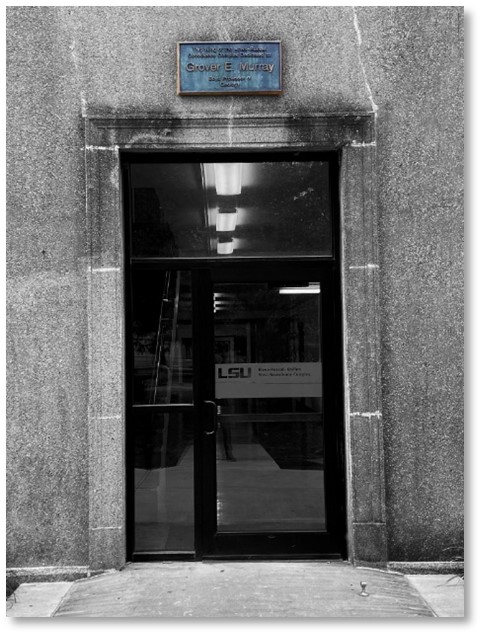
Figure 6. Door to the Grover E. Murray wing of the West building.
During the period from 1892 to 1898, Geology was formally established at LSU as a curriculum and designated the Department of Geology, Mineralogy and Botany. By 1922, the Department had been renamed the Department of Geology. That year, the arrival of a young Ph.D. from Stanford University, Henry V. Howe, marked the beginning of what would become a comprehensive program of teaching and research in the earth sciences at LSU. Dr. Howe came with a mandate from the then Governor John M. Parker to build a department "to train Louisiana boys for the oil industry."
Prof. Howe started to rebuild the department largely from scratch, building on the ruins of a minor department that had collapsed some four years earlier, leaving only scattered heaps of rocks, minerals, and fossils in a room in one of the Civil War “Pentagon” barracks campus. His sheer enthusiasm for his subject attracted a number of students, and gradually the foundation of a geology department was laid. In 1928, Howe brought Richard Russell (Berkeley Ph.D.), his colleague and friend, to LSU. Russell’s addition made possible the expansion of the department into the area of physical geography. Howe subsequently brought in B.C. Craft to train students in petroleum engineering; Fred B. Kniffen was added as a cultural geographer and anthropologist. From this strong academic nucleus, the departments of geology, geography-anthropology, and petroleum engineering were combined in 1931 to form the School of Geology, with H.V. Howe as its director.
Always a proponent of field geology, Howe initiated summer field camps for LSU geology students, first in Oklahoma and then in the later 1920s in the Front Range of the Colorado Rocky Mountains. A permanent camp was established in 1929 on the Keeton Ranch, about 15 miles south of Colorado Springs. Ultimately, some 1400 acres of this property were bought by LSU to maintain the Howe-Russell tradition of field training for students, which continues to this day. Purportedly, the LSU field camp has become the longest continuously running camp in the US, even operating during World War II and the more recent COVID pandemic
By the early 1930s, the School of Geology faculty and students were conducting statewide geological research under the auspices of the Louisiana Department of Conservation. In addition to performing his academic responsibilities, from 1934 to 1940, Prof. Howe served as the Director of Research for the Louisiana Geological Survey. An active survey provided many advantages for the Department: it supported additional geology faculty and graduate students, primarily through subsidized fieldwork; made possible the geological mapping of the state’s parishes; and established the Bulletin publications of the State Survey. With his students and faculty, Howe personally authored or coauthored the first eight parish Bulletins in the three years following. In these volumes, he became the first author to emphasize the importance of the thick, elongate sedimentary sequence paralleling the coast—the main source of Louisiana’s petroleum wealth of today. He also developed concepts of salt dome growth and recognized the significance of subsidence under deltaic loading, Pleistocene terrace formation, and the Quaternary deltaic history of coastal Louisiana underscoring much of what we know today.
The early development of the School of Geology reflects the broad earth-science interests of both Howe and Russell. Prof. Russell considered himself an earth scientist rather than specifically a geographer or geologist. He was responsible for three of the early Survey Bulletins, including his classic paper, "Physiography of the Mississippi River Delta." This publication was just the first of many publications on the geomorphology of deltaic, fluvial, and coastal landforms that made Russell’s scholarly reputation - nationally and internationally. He taught courses and conducted research in both fields and held the unique honor of serving as president of both the Association of American Geographers (in 1948) and the Geological Society of America (GSA in 1957). After over 60 years, another LSU Prof. Barb Dutrow served as the President of GSA in 2021. During the 1950s, Russell served on various committees of the National Research Council and as chairman of the Division of Earth Sciences. In 1962, he was chairman of the Earth Sciences Section of the American Association for the Advancement of Science. The professional and scholastic contributions of both men were recognized by the University by awarding each the distinguished faculty rank of Boyd Professor – the highest honor in the University; Russell in 1962 and Howe in 1965. After the new geology building (East Wing) was completed in 1987, they were honored by naming the two-building geology complex, the Howe-Russell Geoscience Complex. The name of the complex was expanded to the Howe-Russell-Kniffen Geoscience Complex following Fred Kniffen’s passing in 1993.
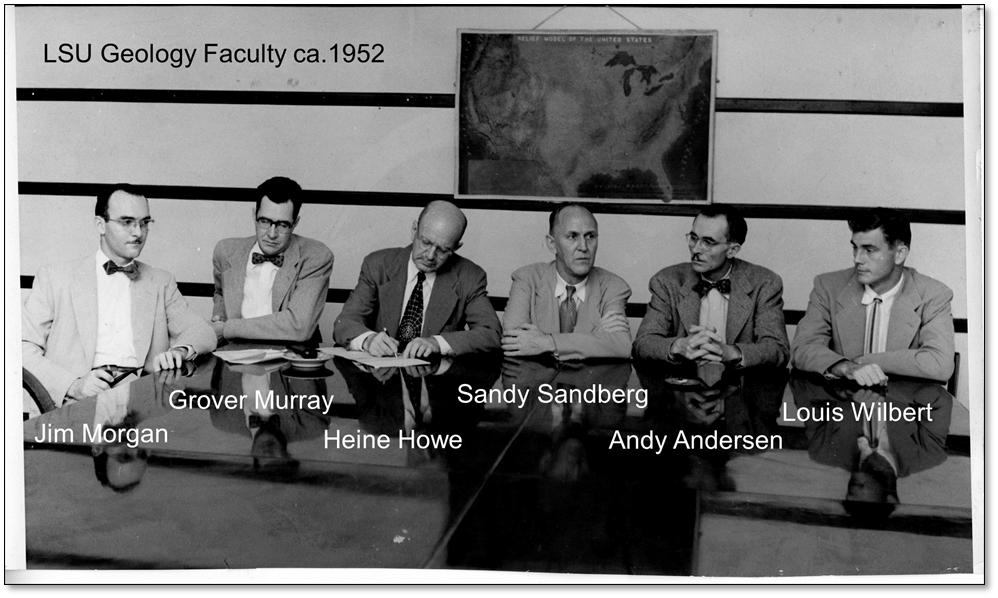
Figure 7. Geology faculty members in 1952.
Over the years, the faculty, as a whole, gained national and international prominence (Figure 7). In addition to the exceptional faculty who came to LSU from other institutions, some of the preeminent members of the faculty came from within the ranks of LSU Ph.D. graduates. These include Grover Murray (Ph.D. 1942), H.V. Andersen (Ph.D. 1951), James Morgan (Ph.D. 1951), Joseph Hazel (Ph.D. 1963), James Coleman (Ph.D. 1966), Harry Roberts (Ph.D. 1969) and John Wrenn (Ph.D. 1982). Further, there are generational connections to LSU Geology in that John Suter (Ph.D. 1986) is the grandson of H.V. Howe.
After 1931, the School of Geology resided in the College of Arts and Sciences. In 1960, the Department of Petroleum Engineering, headed by Craft, left the School of Geology. During the period 1969 to 1970 a major reorganization established two independent departments, Geology and Geography-Anthropology, within the School of Geoscience. During this period, the Museum of Geoscience was added to the School of Geoscience. In 1981-82, the School of Geoscience was dissolved and the Department of Geology moved to the College of Basic Sciences, while the Department of Geography and Anthropology stayed within the College of Arts and Sciences. The Museum of Geoscience became part of the Natural Science Museum Complex, which included many museum elements across LSU.
During the period 1983-85, the Basin Research Institute was formed by faculty member Clyde Moore and was loosely aligned with the Coastal Studies Institute, under James Coleman. The Department of Geology, renamed the Department of Geology and Geophysics in 1985, was then headed by Lyle McGinnis. Later in 1985, McGinnis resigned from the University, with the result that these three units were restructured back into the School of Geoscience, under James Coleman. Then, the Louisiana Geological Survey moved into the School of Geosciences. By 1991, the Department of Oceanography and Coastal Sciences was added to the School. Oceanography had within it the Coastal Studies Institute, a Wetlands Biogeochemistry Institute, a Coastal Fisheries Institute and a Coastal Ecology Institute. The Basin Research Institute was moved out of the School and placed under the LSU Office of Research and Economic Development.
In 1992, the School of Geosciences was dissolved and the Department of Geology and Geophysics became a stand-alone entity within the College of Basic Sciences. The Department of Oceanography and Coastal Studies was moved under the LSU Office of Research and Economic Development, within a coastal center for energy and environmental research.
Over the last several decades LSU Geology and Geophysics has initiated a number of innovative programs and built high-end laboratories, generally with support from LSU departmental alumni. In 1986, in conjunction with the senior field camp in Colorado, Geology and Geophysics began teaching introductory classes (Physical Geology, Historical Geology and associated labs) i.e., “freshmen field camp”. This effort attracted new LSU undergraduate students in part by providing an environment in which they could learn geologic principles while surrounded by what they were studying - geology. In 1993, the American Association of Stratigraphic Palynologist (AASP) and LSU provided funding and support for the establishment of the Center for Excellence in Palynology (CENEX) to promote research and mentoring in palynology. The first director was John Wrenn. CENEX hosts one of the largest reprint and pollen reference collections in the world. In 2004, the Applied Depositional Geosystems (ADG) program, funded by industry and alumni, was launched to provide a focused curriculum and research experience for MS students interested in pursuing careers in the petroleum industry. This program offers a Graduate Certificate in Applied Depositional Geosystems. In 2015, with funding from Chevron and LSU, the Department established the Chevron Geomaterials Characterization Lab for facilities related to the chemical composition of materials. The centerpiece of the lab was a new-generation electron microprobe (to replace the 29 yrs. old machine inherited from the Basin Research Institute). This instrument is the only such facility in a three-state area (Louisiana, Mississippi and Arkansas). Teaching communications and research skills has become an important part of the LSU undergraduate experience as well as the graduate curriculum. Now, many of the undergraduate majors’ classes are designated communications-intensive classes (CxC) and several of the required major’s classes have embedded research projects. At the graduate level, Barb Dutrow teaches a graduate-level class in “Scientific Communications and Visualization”. The undergraduate and graduate students exhibit their research in the “LSU G&G Rock Stars Poster Competition” held every spring semester to communicate individual research to a larger audience (Figure 8).
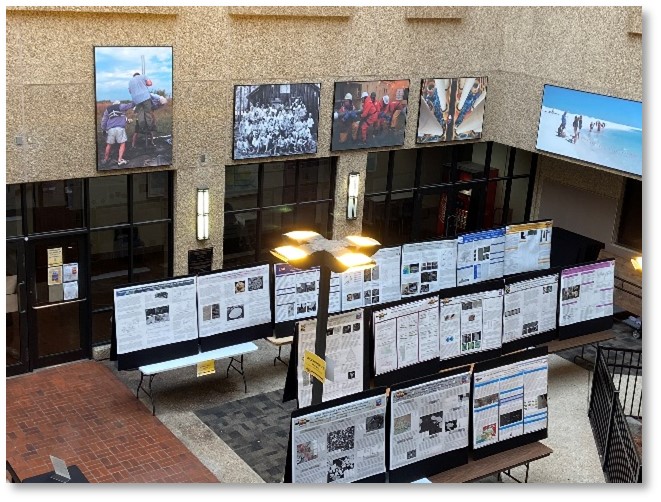
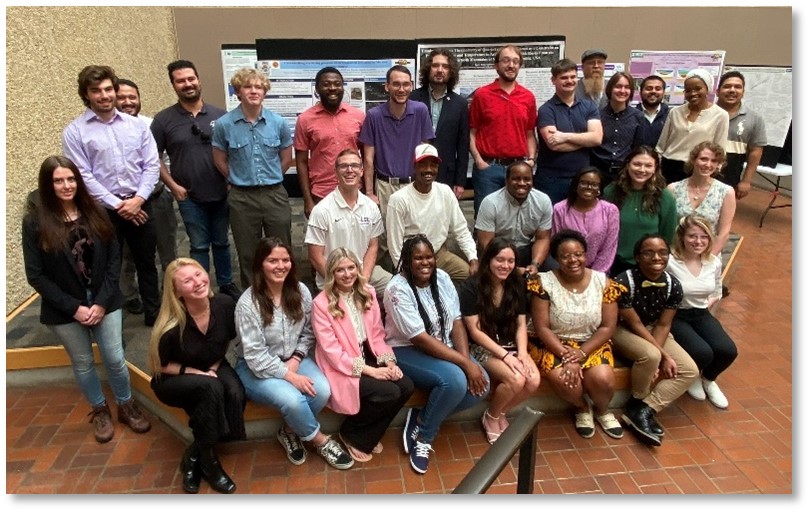
Figure 8, 8a. Some of the undergraduate and graduate students who presented posters
at the 2023 LSU Department of Geology and Geophysics Rock Stars Poster Competition.
The Department of Geology and Geophysics has also interacted with the local Baton Rouge area community in interesting and unexpected ways. In 1987, a two-pound meteorite was found in the yard of a Greenwell Springs resident. Faculty member, Gary Byerly (emeritus) verified it as a meteorite (chondrite type). In 1989 with the winning touchdown score during the LSU-Auburn football game, ground vibrations from the cheering crowds set off a strong signal on the seismometer that was operating on the ground floor of the Howe-Russell Building. This game became known in LSU football lore as the “earthquake” game - a misnomer because it was not an earthquake, but just a series of seismic waves generated by the crowd cheering. However, it continues to be part of the LSU football mystique. A similar seismic event occurred in 2022 when LSU beat Alabama in the final seconds of the game! Similarly, two seismic events were picked up by a Departmental seismometer – one associated with a touchdown and one associated with the winning two-point conversion. LSU Geology and Geophysics continues to inspire in all sorts of ways.
The faculty of the Department of Geology (and Geophysics) has changed considerably since its inception in 1922, but one constant is the high quality of the faculty. At the beginning, the demographic composition of the faculty was relatively narrow, composed of a small number of distinguished Caucasian men (Figure 7). With time, the numbers of male faculty members increased and later became more diverse. In 1990, Lui Chan became the first female tenure-track faculty member in the department. She is widely heralded for founding the field of lithium isotope studies. Since that time, the department has made significant strides to increase faculty numbers to reflect the department's commitment to fostering an outstanding and innovative academic environment (Figure 9). Some of the honors awarded to the faculty reflect the esteem of the recent/current faculty. These include university professorships from LSU (4 LSU Alumni Professors), departmental honorific professorships (funded by alumni), many fellowships in national and international scientific organizations, awardees and medalists in learned professional societies (AAAS, GSA, MSA, AWG, AAPG/SEPM), NSF Career Awards, and leadership roles in professional societies e.g., Presidents of GSA, MSA and AASP (Barb Dutrow and Sophie Warny). LSU Geology and Geophysics has and will continue to make a positive lasting impact on LSU, the state of Louisiana, the US and the world.
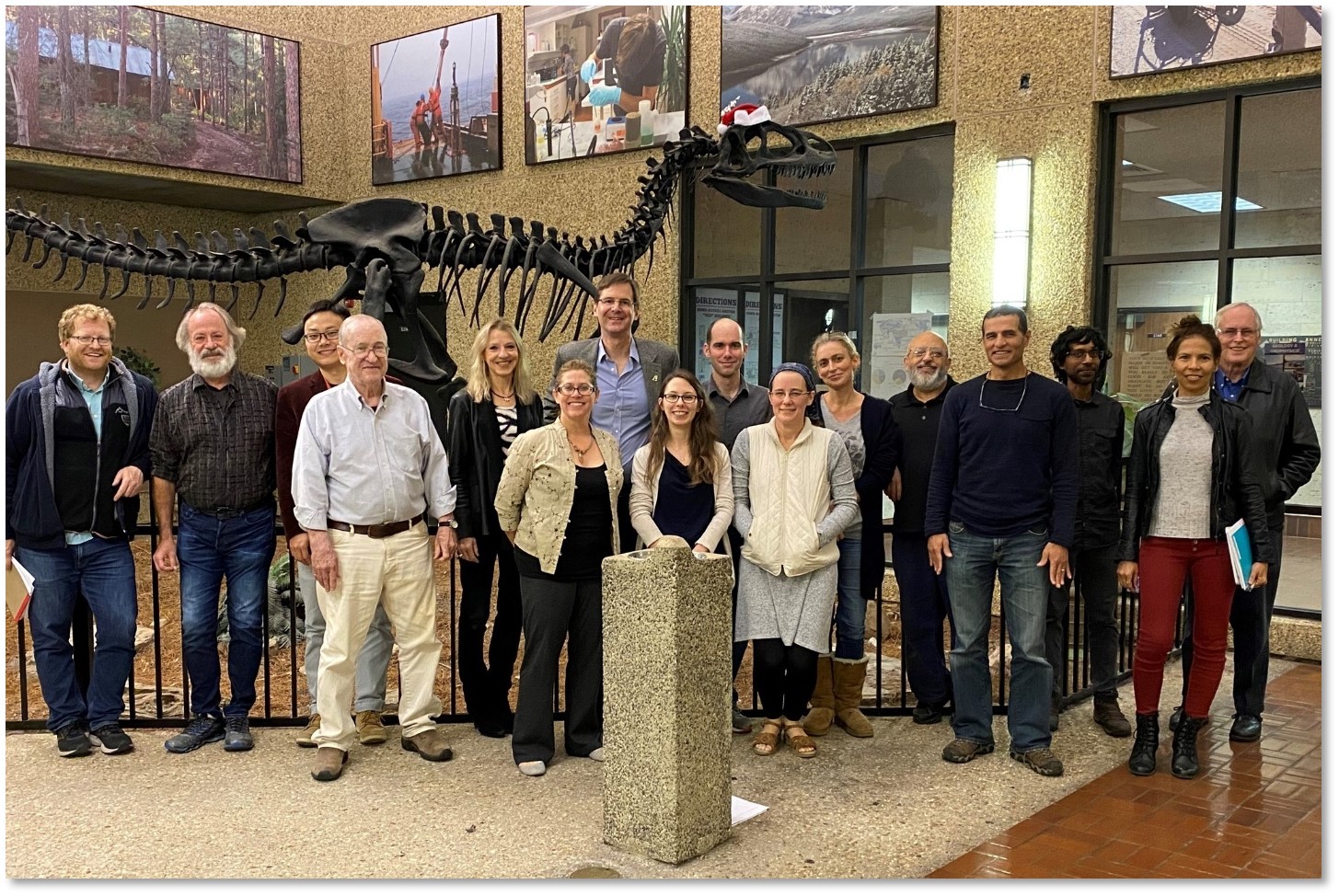
Figure 9. Partial group of active and emeritus faculty in the Department of Geology
and Geophysics (2019). From left to right – Achim Herrmann, Darrell Henry, Guangsheng
Zhuang, Jeff Hanor, Barb Dutrow, Carol Wilson, Jon Snow, Dominique Garello, Adam Forte,
Karen Luttrell, Sophie Warny, Juan Lorenzo, Phil Bart, Suniti Karunatillake. Patricia
Persaud and Brooks Ellwood. Missing faculty: Sam Bentley, Peter Clift, Peter Doran,
Amy Luther, Jianwei Wang, and Carol Wicks.
The LSU Department of Geology and Geophysics celebrated its 100th anniversary during the 2022-2023 academic year with a series of special lectures to the Department and receptions at the AAPG, GSA and AGU meetings. This celebration culminated in a formal Gala held at the Lod Cook Alumni Center bringing together over 200 faculty, students and alumni. Alumni present at the Gala represented over 70 years of excellence (1951 to 2023) (Figure 9).
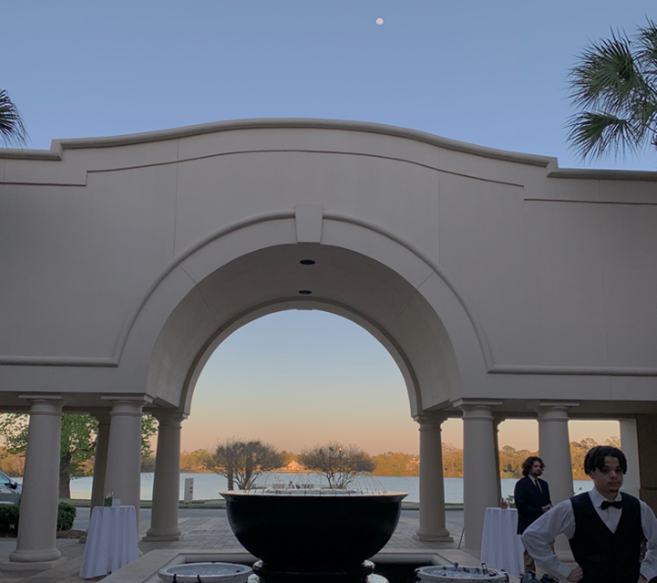
Figure 10. Gala 2023 evening.
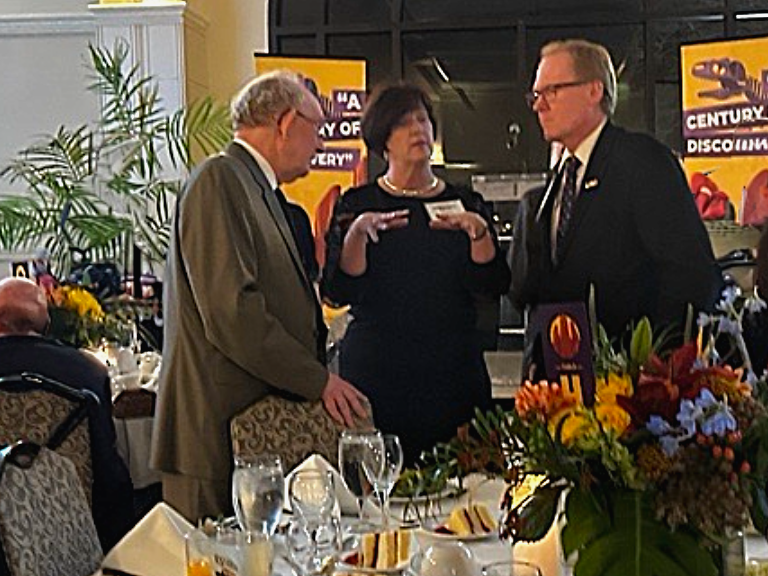
Figure 10a. (left to right) Former College of Science Dean Harold Silverman, current
Dean Cynthia Peterson and Provost Roy Haggerty.
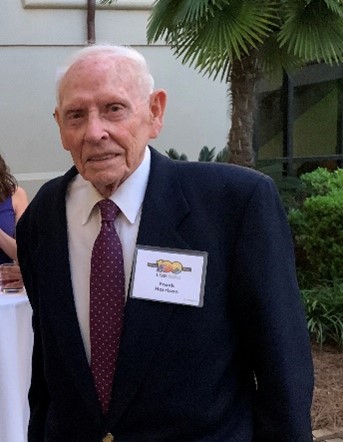
Figure 11. Alumnus Frank Harrison (BS, 1950)
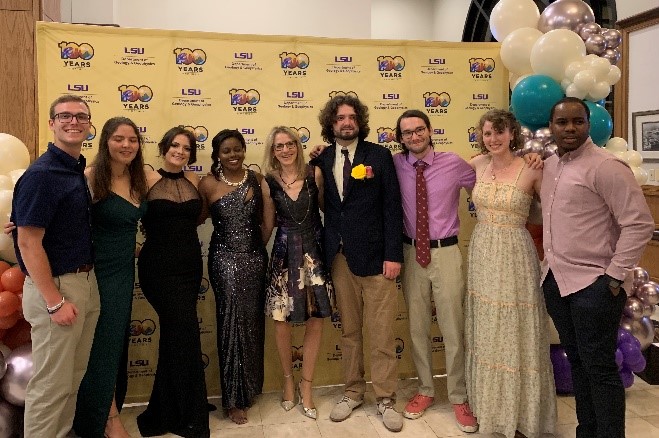
Figure 12. Students of the 2023/2024 Class with Professor Barb Dutrow (center).
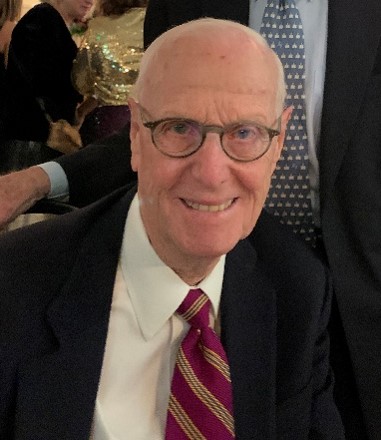
Figure 13. Alumnus Ed Picou (BS, 1955)
LSU Geology Milestones
1861 - Professor Francis W. Smith, Chair of Chemistry, Mineralogy, Geology, and Infantry Tactics
1906 – Women admitted to LSU for the first time
1908 - Geology among founding departments in College of Arts and Sciences
1922 - Dr. Henry V. Howe joins the LSU faculty
1923 – First student graduated with a geology major
1926 - First Master’s Degree in geology conferred to Reginald Harris
1928 - LSU Geology Field Camp established at Colorado Springs
1928-1929 – Oldest wing of the original West Geology Building built
1931 - School of Geology formed
1937 - First Doctorate degree in geology conferred to William Chauner
1939 - East and middle wings added to the original West Geology Building
1948 - First woman receives geology Bachelor’s Degree in Geology
1952 - Coastal Studies Institute (soft money) established by Profs. Russell and Morgan
1966 - LSU received National Science Foundation’s Centers for Excellence Grant to Geology, Physics and Chemistry
1968 – Air conditioning comes to the Geology building
1970 - School of Geology dissolved and the School of Geoscience formed
1972 – Gala celebration of Henry Howe’s 50 years at LSU and the 50th anniversary of the Department
1975 - Geology Endowment established by Geology Alumni Advisory Council
1980 – Formation of AAPG Student Chapter
1982 - Geology joins College of Basic Sciences
1982 - School of Geoscience dissolved
1983 - External Chair hired – Prof. Lyle McGinnis
1984 - Basin Research Institute established by Prof. Moore
1985 - Department renamed the Department of Geology and Geophysics
1985 - School of Geoscience formed within College of Basic Science
1985 - Internal Chair assigned after resignation of Prof. McGinnis
1986 - Freshman Field Camp established
1986 - Campanile Charities Professorship established and awarded
1987 - New Geology Building (East Annex) dedicated
1989 - Charles T. McCord, Jr. Endowed Professorship established
1992 - School of Geoscience dissolved leaving the Department of Geology and Geophysics in the College of Basic Sciences – no longer aligned with any other units, institutes or schools
1993 - CENEX (Center for Excellence in Palynology) was established
1993 - Charles L. Jones Endowed Professorship established
1997 - AG Gueymard Professorship established
1998 - Mary Jo Klosterman Professorship established
1999 - External Chair hired - Prof. Brooks Ellwood
1999 - Geology and Geophysics named one of twelve priority departments by LSU
1999 - Dr. Henry V. Howe Distinguished Professorship established
2002 - Frank W. and Patricia Harrison Family Professorship established
2002 - AASP Professorship in CENEX established
2002 - Ernest and Alice Neal Professorship established
2004 - Billy and Ann Harrison Endowed Chair established
2004 - John Franks Endowed Chair established
2004 - Robey H. Clark Distinguished Professorship established
2004 - Harrison Family Field Camp Distinguished Professorship established
2004 – Formation of Geology Club for students
2004 – Launch of the Applied Depositional Geosystems program
2005 – LSU and the Department opened its doors to 3000 students and faculty displaced from Hurricane Katrina
2007 - Charles Barney endows the LSU Field Camp
2007 - Houston Energy, LP Distinguished Professorship established
2008 - Clarence P. Cazalot, Jr. and Marathon Oil Corporation pledge $1.5 million to the department to establish the Marathon Lectureship Series, the GeoDE program, and renovations of the Howe-Russell Atrium.
2008 - Department held the 80th Anniversary Celebration of the Field Camp in Colorado Springs and dedicated the new dining hall facility.
2009 - External Chair hired - Prof. Carol Wicks
2019 - External Chair hired - Prof. Jonathan Snow
2022 – Internal Chair – Prof. Darrell Henry
2023 – Departmental Centennial Gala Celebration